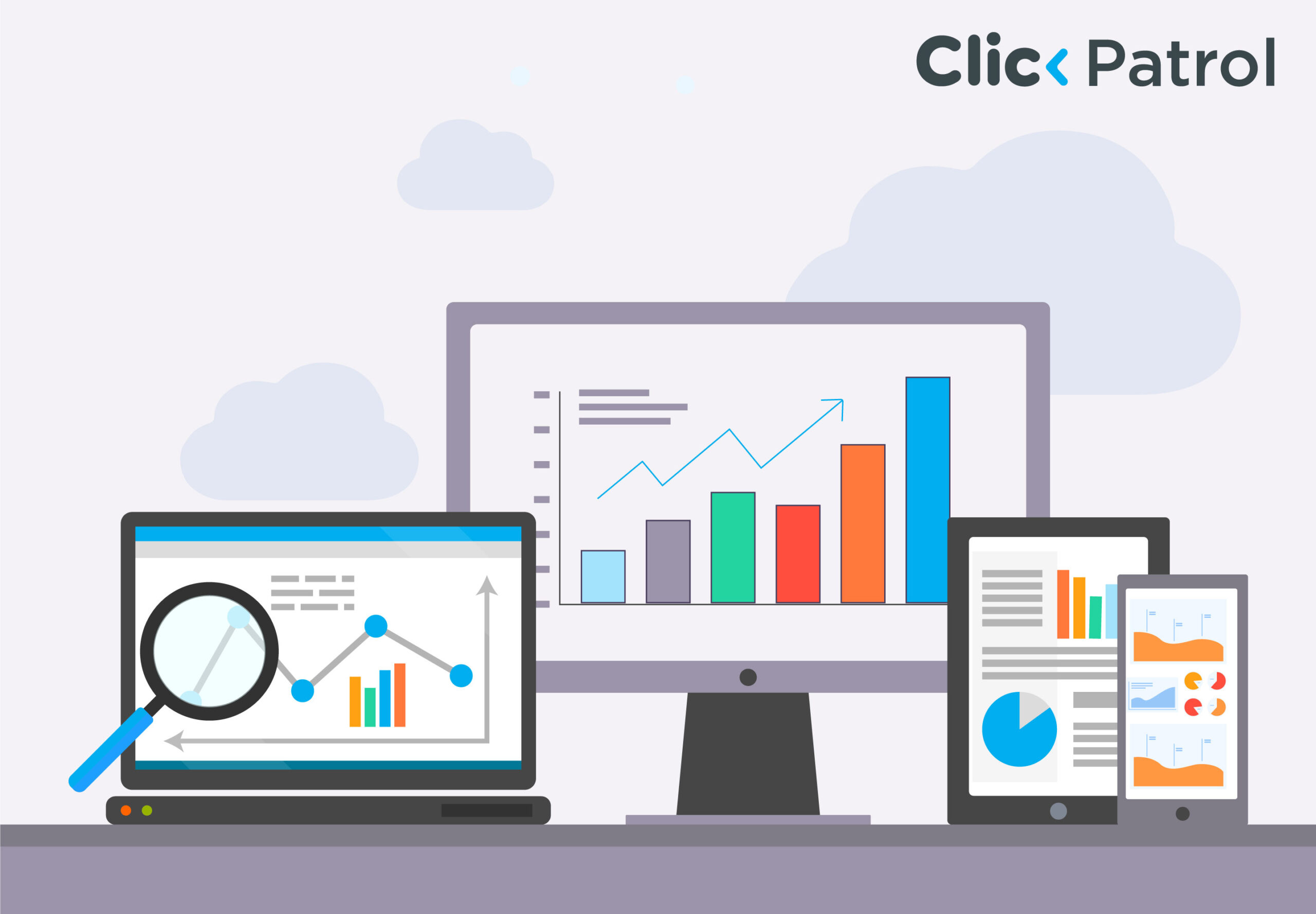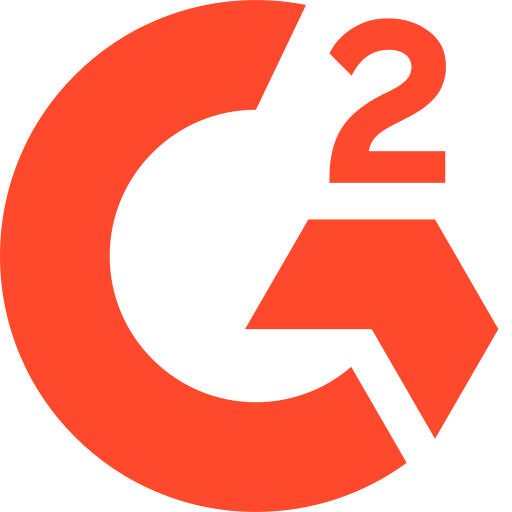
Google measurement tools in 2025: How to track & 0ptimize digital performance
Abisola Tanzako | Apr 01, 2025

Table of Contents
- What are Google measurement tools?
- Why measurement matters in 2025
- Key Google measurement tools and their capabilities
- 1. Google Analytics: The backbone of digital measurement
- 2. Google Search Console: Mastering search performance
- 3. Google ads measurement: Optimizing ad campaigns
- 4. Google Tag Manager: Simplifying data collection
- 5. Google trends: Tracking consumer behavior
- How Google measurement tools work together
- Benefits of using Google measurement tools
- Challenges and considerations
- How to get started with Google measurement tools
- Ways to gain insights that lead to business expansion
- FAQs
In today’s data-driven world, businesses, marketers, and individuals rely on advanced tools to measure performance, decode user behavior, and refine strategies for maximum impact. Google, a global technology leader commanding 91.47% of the search engine market share as of January 2025, offers a powerful suite of measurement tools that deliver actionable insights across websites, apps, marketing campaigns, and beyond.
These tools have evolved significantly, integrating cutting-edge AI, real-time analytics, and seamless cross-platform capabilities, cementing their status as essential assets in a digital space where 81% of organizations now prioritize data-driven decision-making.
With global digital ad spending projected to hit $740 billion in 2025, up from $626 billion in 2023, and 63% of businesses reporting improved ROI from analytics tools, Google’s measurement solutions are more critical than ever. This article dives into the most prominent Google measurement tools, supported by verifiable statistics, and reveals how they empower users to excel in an increasingly competitive digital ecosystem.
What are Google measurement tools?
Google measurement tools exist as various platforms and services that assist users in monitoring and analyzing data from online interactions. Users gain a complete understanding of digital activities through the combination of tools that monitor website traffic and measure marketing effectiveness and market developments.
The most common tools available in the Google Analytics suite include Google Analytics, along with Google Search Console and Google Ads Measurement, Google Tag Manager, and Google Trends. The different tools unite to give an all-encompassing perspective of performance metrics because they perform separate yet perfectly aligned functions.
Why measurement matters in 2025
Quality measurement is the foundation for success across all work domains. Businesses that invest in performance measurement achieve better results on their common business goals than organizations without performance measurement practices. Forbes reports that leadership success with AI and automation in marketing leads to enhanced targeting, plus personalization and budgeting, which increases their effectiveness by 1.7 times.
Statista’s data reveals that digital ad spending will surpass $870 billion in 2027. AI-enhanced measurement systems and tools prove essential for business marketing success because they help businesses link marketing activities with their overall objectives. Success requires these insights to become vital because digital investment levels continue growing.
Key Google measurement tools and their capabilities
1. Google Analytics: The backbone of digital measurement
Google Analytics functions as the fundamental measurement framework in Google’s analytics tools. Originally launched in 2005, It has evolved into an advanced system that monitors website visits alongside app interactions, user activity, and conversion rates. As of 2025, Google’s current standard analytics platform is GA4, which provides users with both cross-platform tracking capabilities and machine learning-based predictive functions.
Statistics and impact
- Usage: Google Analytics is the leading web analytics tool worldwide because more than 28 million websites integrate it into their systems.
- Spam protection: The AI-based protection systems in GA4 detect and eliminate 99.9% of spam, phishing attempts, and malware to safeguard data quality.
- Business impact: Google Analytics helps businesses improve conversion rates by 20% for campaign optimization.
Features
- Event tracking: Using event tracking measures both button clicks and form submission activities.
- Cross-Platform Insights: When you merge information from multiple platforms, such as websites and applications, your company can use one integrated view.
- Real-time: The system displays real-time monitoring of user activities while they are taking place.
Google Analytics provides universal cost-free access to most users, although the enterprise support comes through the Google Analytics 360 premium solutions. The tool matches the requirements of bloggers alongside e-commerce businesses and extends its reach to large corporations.
2. Google Search Console: Mastering search performance
Google Search Console (GSC) is a free monitoring tool that helps website owners optimize their site visibility in Google Search result pages. Through Google Search Console, users gain visibility into how frequently search results display their pages receive visitor interactions and detect what search queries lead people to their content.
Statistics and impact
- Adoption: According to W3Techs Usage Statistics, the GSC platform is used by more than 1.5 million websites worldwide.
- Performance metrics: According to the Google Search Central Blog, sites that use Google Search Console (GSC) to resolve crawl issues experienced a 15% increase in organic traffic in three months.
Features
- Performance reports: The performance reports platform allows users to monitor their impressions, clicks, and click-through rates (CTR).
- Index coverage: Examining index coverage allows users to correct current indexing faults.
- Mobile usability: A site needs to be mobile-friendly because mobile inquiries make up 63% of total Google searches during 2024.
GSC provides an essential toolkit that assists SEO professionals and site owners in enhancing their visibility while resolving technical problems.
3. Google ads measurement: Optimizing ad campaigns
Through Google Ads Measurement tools, advertisers can track the success of their paid marketing initiatives. Integrations between these tools function with both Google Analytics and Google Tag Manager, allowing users to gain comprehensive data on their impressions and clicks while accessing conversion metrics and return on ad spend (ROAS).
Statistics and impact
- ROAS: According to Google Economic Impact Report 2023, the average return on ad spend from Google Ads Measurement tools reaches $2 for every invested dollar.
- Conversion tracking: Conversion tracking under Google Ads Help demonstrated that advertisers could increase their campaign effectiveness by 30% during 2024.
Features
- Conversion tracking: Measure actions like purchases or sign-ups.
- Attribution models: The Attribution Models help businesses determine which user interactions drive conversion activities.
- Audience Insights: The tool enables target marketers to reach high-value customers using precision methods.
According to Statista’s Digital Advertising Forecast, digital ad spending will reach $870 billion globally by 2027, thus making Google Ads Measurement indispensable for marketers.
4. Google Tag Manager: Simplifying data collection
Google Tag Manager (GTM) is a free platform that helps users add and control tracking codes (tags) across websites and applications. This tool does not require coding practice, making tagging solutions available to individuals with minimal computer skills.
Statistics and impact
- Adoption rate: Google Tag Manager’s widespread adoption proves its user-friendly nature, as more than 4.2 million websites use it.
- Efficiency: By employing GTM, organizations shorten their tag deployment process to 80% less time.
Features
- Tag templates: The platform features pre-made templates that support Google Analytics integration with Ads functionality and a third-party tool framework.
- Triggers and variables: Users can determine the timing and execution of tag deployment through triggers and variables.
- Version control: Version control mitigates risk because it enables users to retrieve previous configurations when problems occur.
GTM provides transformative capabilities marketers and developers need to achieve fast data collection speed.
5. Google trends: Tracking consumer behavior
Google Trends helps users track search interests across time while revealing new trends and seasonal changes alongside geographic market preferences. Users from different industries, such as marketing and content creation, use Google Trends without charge.
Statistics and impact
- Searches analyzed: Google Trends tracks billions of daily searches according to information on Google Trends About.
- Content boost: According to the source Think with Google Trends insights, Using Google Trends as a content development advisor drives brand engagement by 25%.
Features
- Interest over time: The tool lets users inspect time-related changes in search volumes among different terms.
- Geographic data: Geographic data includes performance visualization on a regional or country basis.
- Related queries: Users can access related search queries through this tool’s capabilities.
Using Google Trends allows businesses to maintain leadership positions in content marketing development and product innovation.
How Google measurement tools work together
The integration capabilities of Google measurement tools represent their greatest strength. Both Google Analytics and Google Ads can be linked together to present unified traffic data visualization, while GTM creates consistent data collection between these platforms. The search-specific insights from GSC provide additional information to Analytics as Google Trends delivers strategic guidance for general campaigns. This synergy enables users to:
- Identify high-performing channels.
- The organization should modify its budget allocations using data that updates in real-time.
- Users can achieve improved experiences among their audience through crucial performance data.
According to Think with Google Measurement Statistics, multiple Google platform integrations drove businesses toward sharing measurement metrics 1.6 times more frequently across their teams, thus promoting team collaboration.
Benefits of using Google measurement tools
- Cost-effectiveness: Most of these tools offer essential features for free before requiring payment for more advanced capabilities.
- Scalability: Suitable for small blogs and multinational enterprises.
- AI-powered insights: Prediction capabilities benefit from machine learning algorithms in GA4’s forecasting features.
- Real-time decision: Decision leaders implementing measurement insights in close-to-moment time achieve 1.5 times better digital investment optimization rates.
Challenges and considerations
Despite their advantages, Google tools’ measurement capabilities have several weaknesses. Google Privacy Sandbox announced the 2024 end of third-party cookies, which will push businesses toward first-party data management while they apply GDPR and CCPA privacy rules regarding data handling. Signature provides resources for mastering Google Analytics tools at its Skillshop.
How to get started with Google measurement tools
- Set up: It begins with the Google Analytics setup, followed by tracking code implementation and an examination of the GA4 interface.
- Verify with search console: Use Search Console to submit your website, then track its performance metrics.
- Lunch Google Ads: Initiate your Google Ads campaign by setting objectives and then allowing conversion tracking.
- Implement GTM: Attach the container snippet while adding tags in the implementation process.
- Explore Google Trends: Google Trends provides a platform for researching relevant keywords within your niche.
Google Skillshop provides free certification programs, resulting in more than 1 million successful completions within 2023.
Ways to gain insights that lead to business expansion
All digital navigation for 2025 requires the essential tools that Google provides through its measurement platform: Google Analytics, Search Console, Ads Measurement, Tag Manager, and Trends. Statistical data shows that 28 million websites use analytics, while ads generate a $2 ROAS, which gives users the power to measure, optimize, and achieve their goals.
Utilization of these performance tools by marketers, along with business owners and content creators, becomes essential to gain exceptional insights that lead to business expansion. Your opportunity to exploit these tools lies now since digital transformation continues progressing.
FAQs
Q.1 Which Google measurement tool has the most widespread user usage?
Google Analytics is the leading analytics solution because it helps millions of websites measure traffic and user engagement statistics.
Q.2 Are Google measurement tools free?
Most Google tools provide free solutions, including analytics alongside Search Console, Tag Manager, and Trends. Google Analytics 360 represents the premium toolset, which requires customers to pay for its use.
Q.3 What distinguishes Google Analytics from Google Search Console?
Google Analytics monitors the overall website or app’s operational performance, but Search Console specifically assesses search visibility and tracks Google Search clicks together with impressions.
Q.4 Does Google Trends function as a tool for SEO?
The keyword research tool in Google Trends enhances content relevance and user engagement to reach 25% higher levels.





